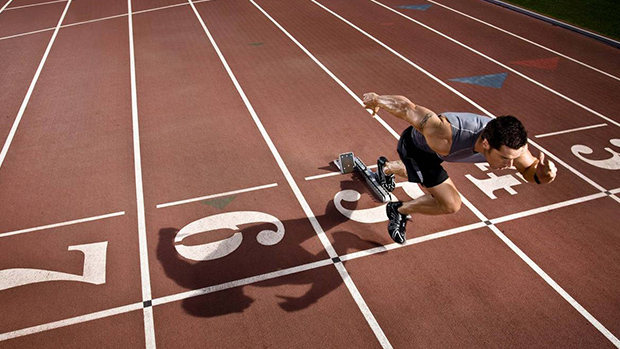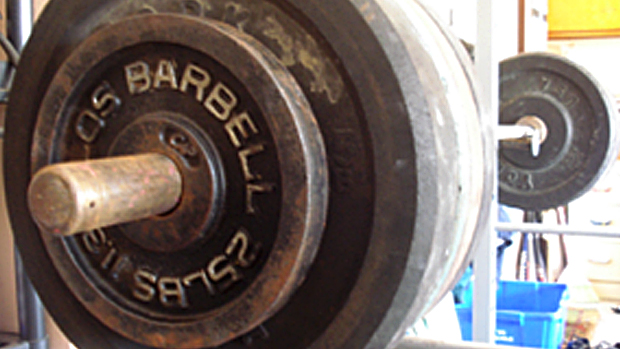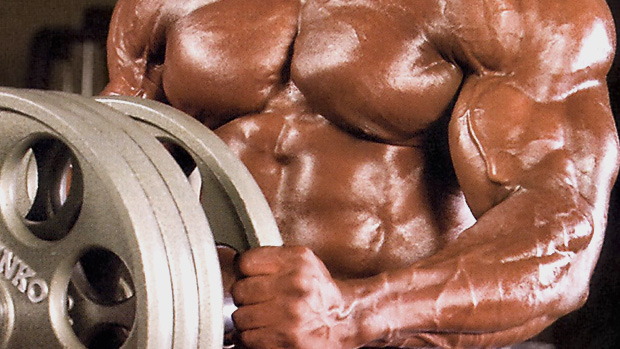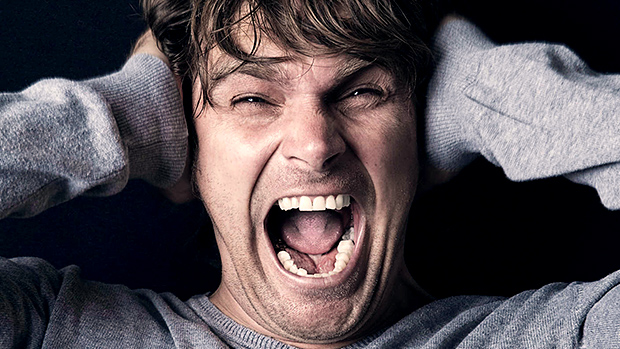Meatheads Vs. Joggers
There's been a revolt against "jogging" in the fitness community. The pendulum swung away from long distance-mania. For the most part, that's a good thing.
But the idea that running is detrimental to gains is stupid. Some trainers even say running is the worst thing you can do to stay in shape.
Now I'm all for the execution of "jogging" in general, but to make a blanket statement that all running is worthless is extreme. Does running really suck? Humans are literally built for running.
As far as the hierarchy of things you need to do for survival, running is right smack dab at the top of the list, next to keeping your heart beating at all times. Frankly, the weight-lifter-who-moves-like-garbage and bashes running is a tiresome cliché.
Running offers several benefits including, but not limited to:
- Increased growth hormone and Testosterone production
- Increased leg strength
- Increased coordination
- Increased bone and soft tissue integrity
- Injury prevention
Running doesn't have to mean slogging through 26 miles. Run varying distances up to 800 meters at a time. Here's a list of the different distances and their benefits:
Super Short (10-40 meter)
Use this distance primarily for increased in leg strength, power, and hormone production. Repeat up to 10 times with full recovery in-between, twice per week.
Medium (40-100 meter)
This distance is an extension of super short distance, which can be used for repeats to improve conditioning, or for building muscular endurance in the legs. Repeat up to 8 times with near full recovery.
Long (100-800 meter)
This distance is an anaerobic nightmare. It'll challenge your mental toughness, your legs, and your guts to not spill out of you. Try 400-800 meters at high effort, and you might forget what a thruster is.
It has similar benefits to the shorter distances listed above but it emphasizes conditioning and anaerobic endurance over power and strength. Repeating this distance 4 to 6 times is plenty for most of us.
Sprinting up a hill is one of the best, and most underrated training tools around.
You get all the benefits of sprinting and the bonus of more load and less stress on the deceleration phase (where most people pull muscles and get injured while running). Try hill sprints at least once a week to complement your other lifting and sprinting.
One of the reasons we get so many knee and ankle injuries is that we don't practice simple athletic movements in a controlled environment before going full-bore into an athletic competition.
Learning to change direction with speed and power in training can save lots of people from experiencing these injuries. Here are two shuttle-run mainstays:
1 Lateral Shuttle 2-Step
Rapid back-and forth shuttles with one step in between direction changes. In other words, you go two steps to the right, then two to the left.
This really focuses on lateral change of direction, and it's a great way to improve coordination and leg strength/power while building structural integrity in the lower body.
Higher reps will scorch your quads and lungs.
2 Standard Forward/Backward Shuttle
Set up a few cones 5-10-15-20 yards apart. Run forward to the first cone and then run backwards to the start. Then forward to second cone, backwards to the start, etc.
The different types of sprints can be done on a rest day, before a workout (short distances only), or after a workout. There's no reason for you to not include at least two days per week where you dedicate a small chunk of time to being a predator.
You're missing out on huge benefits if you drink the "running sucks" Kool-Aid.
Running is part of what makes us functional human beings and keeps us youthful as we age. The deterioration of gait is one of the primary factors that can predict how long you will live, so owning your ability to run and walk is imperative for a long, healthy, life.
Is being that guy who "once squatted 600" worth being a barely functional human being that can't sprint or move around like an athlete? Get after it on some hill sprints and multidirectional shuttles and reap the benefits of being a more complete athlete.
By the way, jogging sucks.





